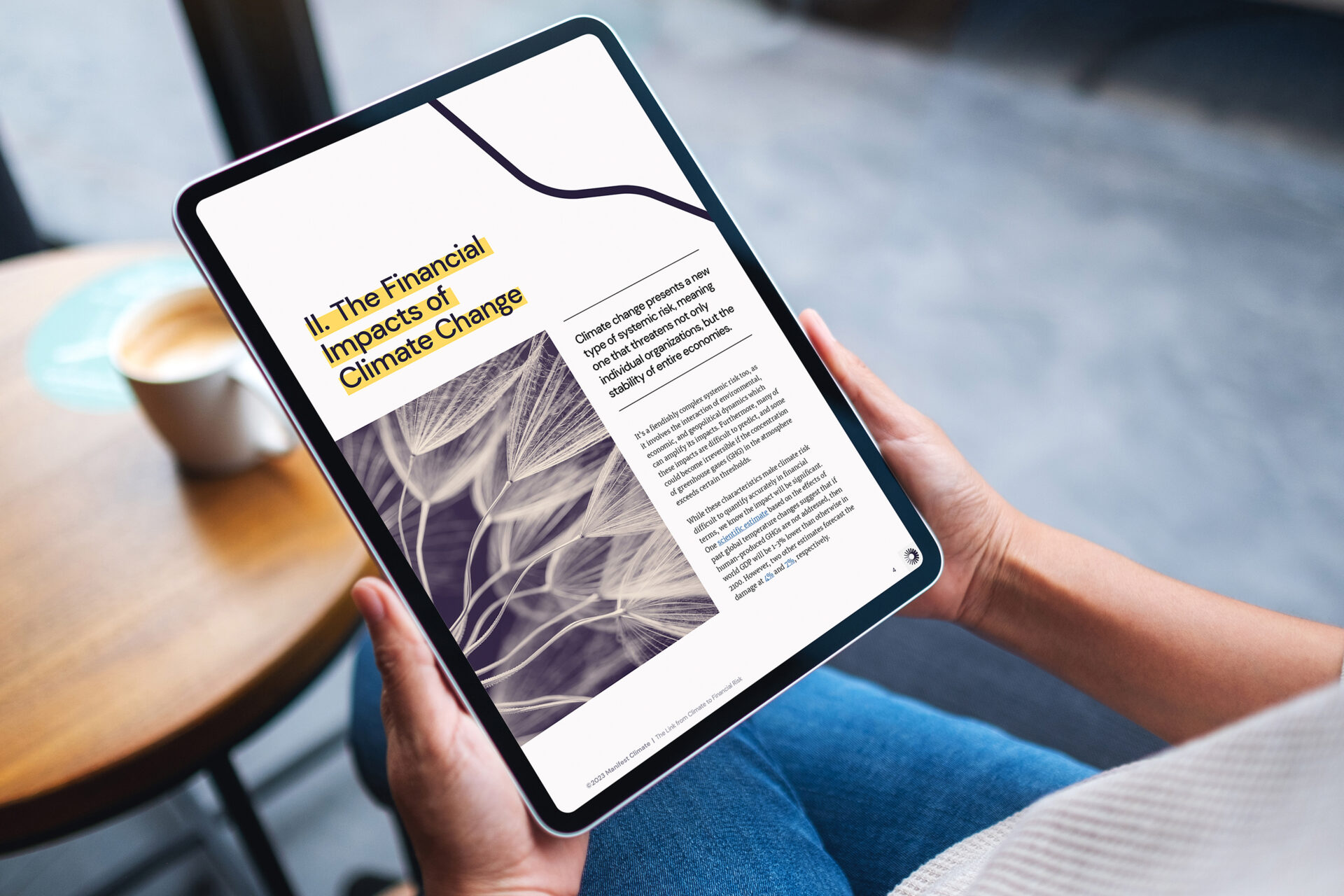Climate change is an increasingly powerful financial risk driver for organizations of all sizes. Physical risks — like extreme weather events — and transition risks — like changing climate policies — each have the potential to impact companies’ revenues, assets, and access to financing. Even organizations that appear financially healthy today may deteriorate rapidly as climate risks multiply and intensify over the coming years.
However, identifying the link between financial risk and climate change is challenging. Climate risks interact with environmental, economic, and geopolitical dynamics in complex ways that amplify their effects. In addition, many of these are hard to predict, and some could even become irreversible.
These factors and others make the possible impacts of climate-related financial risks hard to understand and quantify. But organizations have to find a way, because incoming regulations — like the US Securities and Exchange Commission’s climate risk disclosure rule — are forcing companies to identify and report them. Investors are also demanding greater transparency into companies’ climate risks and their associated financial impacts as they look to optimize their portfolios for a climate-adjusted world.
In this white paper, Manifest Climate outlines the key climate risks to organizations and how they translate into financial impacts. We describe the various transmission channels that lead from specific climate risks to organizations’ financial variables and explore how companies can go about mapping climate risks to financial impacts.
The white paper also showcases findings on the current level of organizations’ public disclosure of climate-related financial risks from Manifest Climate’s own database. This reveals that only a small percentage of companies are describing climate risks in connection with key financial variables, like “assets,” “liabilities,” and “capital expenditure.”
In addition, the paper describes how Climate Risk Planning (CRP) can help organizations understand, manage, and communicate their climate risks and leverage this knowledge to reap strategic advantages.

